Maintaining pets’ dental health is crucial to their overall well-being, but many pet owners are unaware of the importance of their four-legged friend’s oral care. Our Central Kentucky Veterinary Center team explains what’s fact and what’s fiction regarding pet dental health.
Fiction: Bad breath is normal for pets
Fact: Bad breath (i.e., halitosis) is typically a pet’s first periodontal disease sign. Bacteria are attracted to food particles that remain in your pet’s mouth after a meal. These bacteria accumulate on the tooth surface, creating sticky plaque, which emits sulfur-producing compounds that cause your pet’s breath to stink. If not removed, the plaque hardens into tartar that can irritate your pet’s gums, further exacerbating the problem. While your pet’s breath may not smell minty fresh, excessively foul breath likely indicates they have periodontal disease and should be evaluated by a veterinarian.
Fiction: Pets don’t need dental care until they are older
Fact: Most pets start developing dental disease when they are as young as 2 years of age, and if not addressed, the infection can cause serious problems such as irritated gums, loose or missing teeth, and tooth root abscesses. Initiating proper dental care when your pet is young is important to ensure their overall health and well-being.
Fiction: My pet would stop eating if they had oral pain
Fact: In early dental disease stages, most pets exhibit no signs and continue to eat normally even when the condition is advanced enough to result in oral pain. If your pet has dental disease, they may exhibit the following signs:
- Bad breath
- Visible tooth discoloration
- Red, swollen, or bleeding gums
- Excessive drooling
- Chewing on one side of the mouth
- Dropping food when eating
- Facial swelling
Fiction: Dry food can keep my pet’s teeth clean
Fact: After your pet eats, dry food, as well as wet food, can remain in their mouth and attract bacteria that cause periodontal disease. While prescription dental diets are available that help promote your pet’s dental health, these foods are not an effective substitute for professional veterinary dental cleanings.
Fiction: Anesthesia puts my pet’s health at risk
Fact: Veterinary anesthesia is extremely safe. Our team performs diagnostics before the procedure to ensure we devise an appropriate anesthesia protocol for your pet, and we monitor your furry pal closely from the time they are induced until they are fully recovered. Anesthesia is necessary for professional veterinary dental care because the medication allows our team to thoroughly evaluate your four-legged friend’s mouth without causing them undue stress or discomfort. Regular professional veterinary dental cleanings are an important part of your pet’s health care plan. Most pets need this procedure once every year or two, but pets at high risk, such as toy-breed dogs and brachycephalic (i.e., flat-faced) pets (e.g., pugs, French bulldogs, and Persian cats) may need more frequent evaluation.
Fiction: Dental disease only affects my pet’s teeth
Fact: If left untreated, periodontal bacteria invade under your pet’s gumline to damage the teeth’s supporting structures, including their jawbone, potentially leading to a jaw fracture. In addition, the bacteria can enter your pet’s bloodstream and damage their heart, kidney, or liver.
Fiction: Anesthesia-free dental cleanings are effective
Fact: While you may be tempted to let a grooming service perform an anesthesia-free dental cleaning on your pet, understand that these procedures only address the visible tooth surfaces and neglect the areas below the gumline where dental problems most commonly originate. In addition, anesthesia-free procedures can scare your four-legged friend since they don’t understand why strangers are wielding sharp objects in their mouth, and this could potentially lead to an oral injury. Professional veterinary dental examinations and cleanings with your pet receiving anesthesia are safer and more effective.
Fiction: My pet’s dental health can be assessed through a simple oral examination
Fact: Two-thirds of your pet’s tooth is below the gumline. Dental X-rays are necessary to assess your pet’s dental health fully.
Fiction: At-home dental care is not necessary if my pet gets regular professional veterinary dental cleanings
Fact: Plaque accumulates quickly and at-home dental care is important to keep your pet’s mouth healthy between professional veterinary dental cleanings. Your pet’s at-home dental care should include:
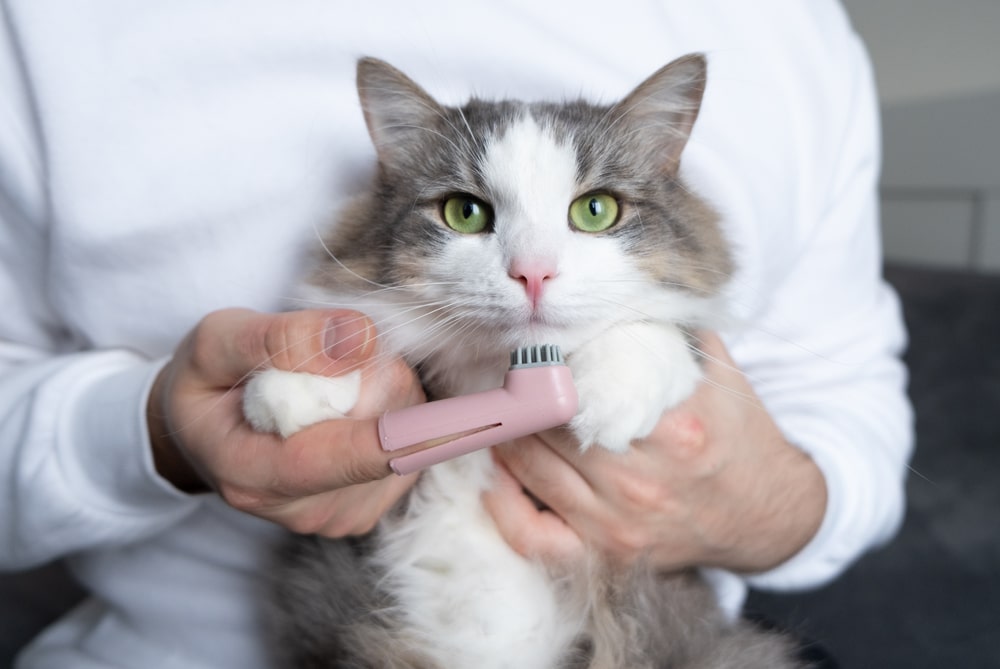
- Brushing your pet’s teeth — Daily toothbrushing is the best way to keep your pet’s teeth clean between professional veterinary dental cleanings.
- Dental treats — Chewing can help remove plaque and tartar on your pet’s teeth. Choose products approved by the Veterinary Oral Health Council to ensure they are effective.
- Water additives — Products are available that you can add to your pet’s water to help inhibit plaque accumulation.
- Dental diets — In some cases, our team may recommend a prescription dental diet to address your pet’s dental issues.
Fiction: I can use my toothpaste to brush my pet’s teeth
Fact: Many toothpastes intended for people contain xylitol, which is toxic to pets. Always use pet-safe toothpaste when brushing your pet’s teeth. Products are available in many pet-approved flavors such as poultry, peanut butter, beef, and seafood. Find one that your pet enjoys to make toothbrushing easier.
If you have questions about your pet’s dental health, or if you would like to schedule a professional veterinary dental evaluation and cleaning, contact our Central Kentucky Veterinary Center team.


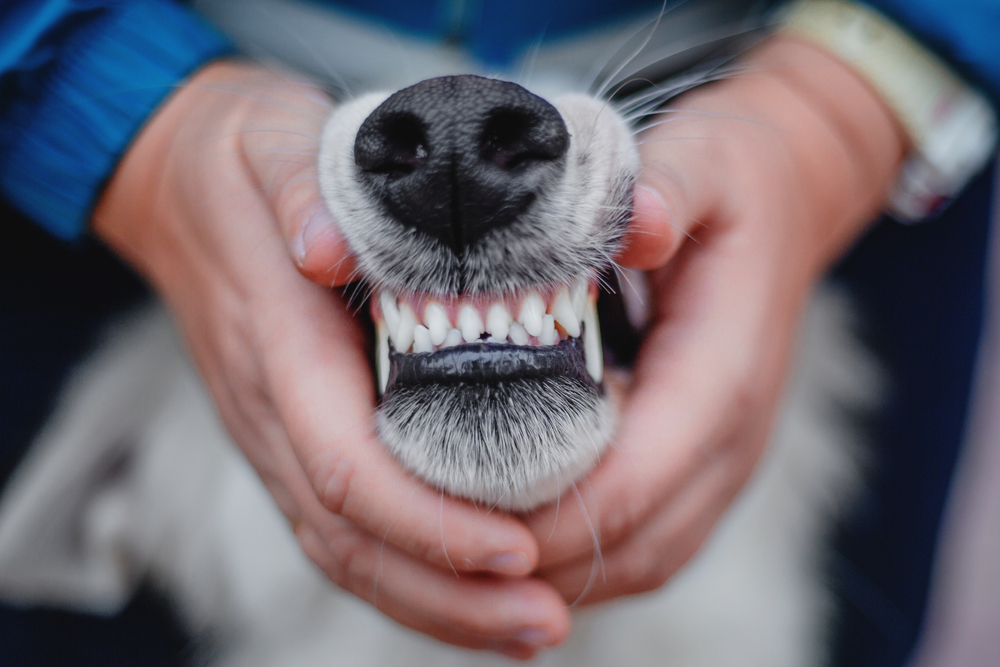

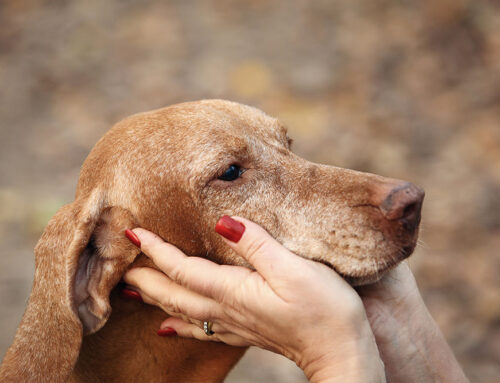
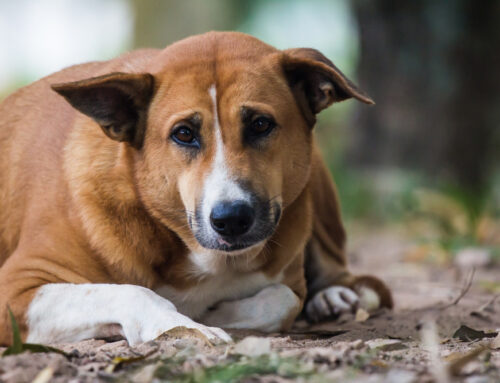
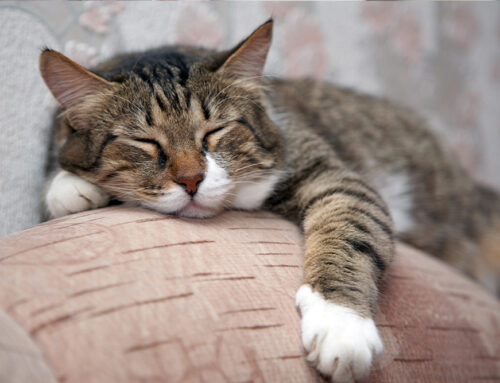
Leave A Comment